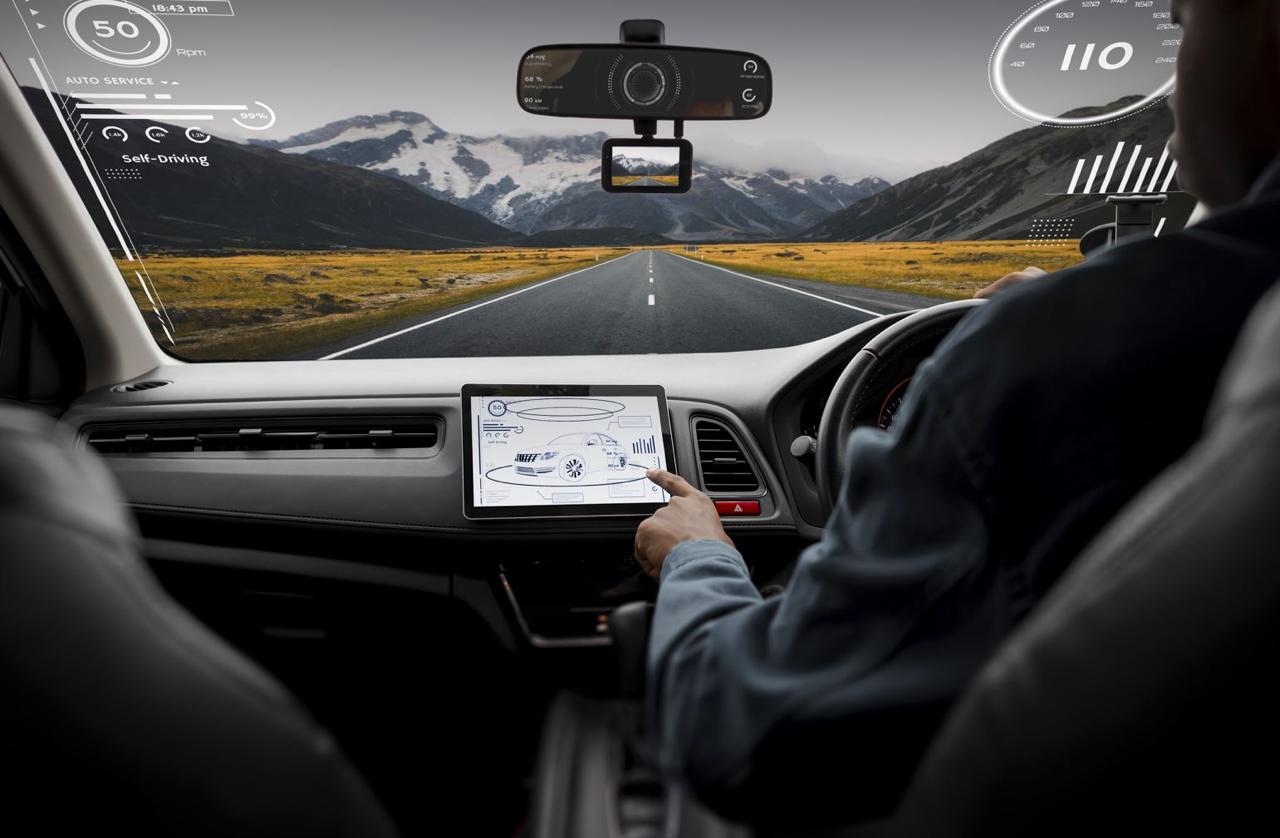The Software Defined Vehicle: The Next Frontier in Automotive Innovation

In the realm of automotive technology, the concept of the Software Defined Vehicle (SDV) stands as a revolutionary shift, akin to the disruptive innovation seen in the tech industry over the past few decades. This transformation is not merely about incremental improvements but represents a fundamental rethinking of the vehicle as a dynamic, upgradable platform, driven primarily by software rather than hardware. Several blogs and articles take the topic of SDV and explain it comprehensively, such as from Aptiv or Nvidia, explaining the technical domain perspective, or if you want a more comprehensive explanation starting from the basics, I find this blog post to be one a very good starting point.
1. Understanding the Software Defined Vehicle
Now that I assume you have already read the aforementioned blog/article posts and have a good understanding, I will proceed with further concretization. A Software Defined Vehicle is one where the majority of its functions and features are governed by software. Unlike traditional vehicles, which rely heavily on mechanical components and fixed hardware systems, SDVs leverage cutting-edge software engineering, advanced computing, and seamless connectivity. This means that many aspects of the vehicle’s operation, from engine performance to user interface, can be updated and improved over time via software updates.
This approach is reminiscent of how tech companies, such as Apple, approach product development. Apple, known for its iPhones and Macs, designs its products with a software-first mentality. They create a robust software ecosystem and then build hardware that optimally supports and enhances the software experience. If Apple were to design a car, they would likely start with the software, focusing on user experience, connectivity, and adaptability, before developing the physical aspects of the vehicle to complement these features.
2. The Trend Toward Software-Centric Vehicles
The automotive industry’s shift toward SDVs mirrors the broader digital transformation occurring across various sectors. For decades, traditional automakers have focused on mechanical and hardware advancements to drive innovation. However, the growing importance of digital technologies has prompted a paradigm shift toward software-centric design.
- Advanced Computing Platforms: At the heart of SDVs are powerful computing platforms capable of processing vast amounts of data in real-time. These platforms run sophisticated operating systems that manage everything from infotainment systems to critical safety functions. This is a stark departure from the static, hardware-reliant architecture of traditional vehicles.
- Seamless Connectivity: Connectivity is a cornerstone of the SDV concept. With advancements in 5G and other wireless technologies, vehicles can maintain continuous, high-speed connections to the cloud and other devices. This enables real-time data exchange, remote diagnostics, and over-the-air (OTA) software updates, ensuring that the vehicle’s software is always up-to-date and capable of evolving with user needs.
- Artificial Intelligence and Machine Learning: AI and ML technologies are integral to the SDV trend. They enable features such as advanced driver assistance systems (ADAS), autonomous driving, and personalized user experiences. By continuously learning and adapting from data, AI algorithms enhance vehicle performance, safety, and convenience, much like how a smartphone becomes more efficient and personalized over time.
3. The Paradigm Shift for Traditional Automakers
For established automakers, transitioning to the SDV model represents a significant paradigm shift. Historically, these companies have excelled in mechanical engineering and hardware innovation. Adopting a software-first approach requires a rethinking of their entire design and manufacturing processes.
Traditional Automotive Approach:
- Mechanical and Hardware Focus: Traditional vehicles are designed with a heavy emphasis on mechanical components and fixed hardware systems. Innovations are typically tied to physical parts, such as engines, transmissions, and chassis.
- Long Development Cycles: Developing and manufacturing new vehicle models is a lengthy process, often taking several years from concept to production. Once a vehicle is built, its features remain largely static until the next model cycle.
Software Defined Vehicle Approach:
- Software-Centric Design: In contrast, SDVs prioritize software development from the outset. The vehicle’s features and capabilities are largely determined by its software, which can be continuously updated and improved. Top Gear does a great job explaining this concept on their website.
- Agile Development: The software-first approach allows for more agile and iterative development cycles. New features and improvements can be delivered to customers quickly and efficiently through OTA updates, without the need for physical changes to the vehicle.
4. The Path Forward: Embracing the SDV Trend
As the automotive industry embraces the SDV trend, it stands on the cusp of a new era of innovation and transformation. The potential for creating more intelligent, adaptable, and connected vehicles is immense, promising to redefine the driving experience and the automotive landscape as a whole.
Several automakers have already begun this transition. Tesla, for example, has pioneered the SDV concept with its OTA updates and advanced autonomous driving features. Traditional manufacturers like Volkswagen and General Motors are also investing heavily in developing their own SDV platforms, recognizing the need to stay competitive in this rapidly changing environment.
For consumers, the shift to SDVs means vehicles that can adapt to their needs over time, offering enhanced functionality, improved safety, and a more personalized driving experience. For the industry, it represents an opportunity to drive innovation, improve efficiency, and deliver greater value to customers.
I will say the Software Defined Vehicle trend is not just an evolution but a revolution in automotive technology. By placing software at the heart of vehicle design, the industry is poised to create a new generation of cars that are smarter, more connected, and more capable than ever before (similar to what Apple would have done, had they moved forward with the task). As we look to the future, it’s clear that the SDV will play a pivotal role in shaping the next frontier of automotive innovation. You can learn more about this from reputable automotive tech blogs such as EV-Global, InsideEVs and Top Gear.


